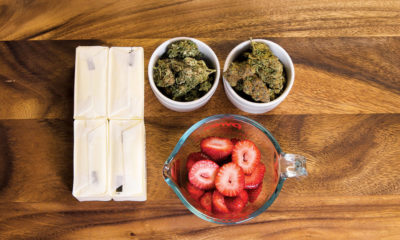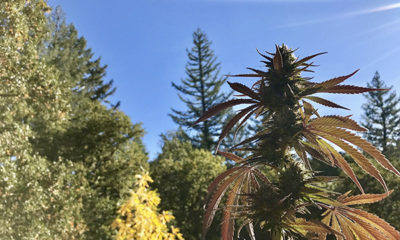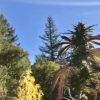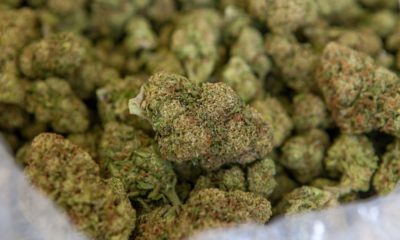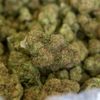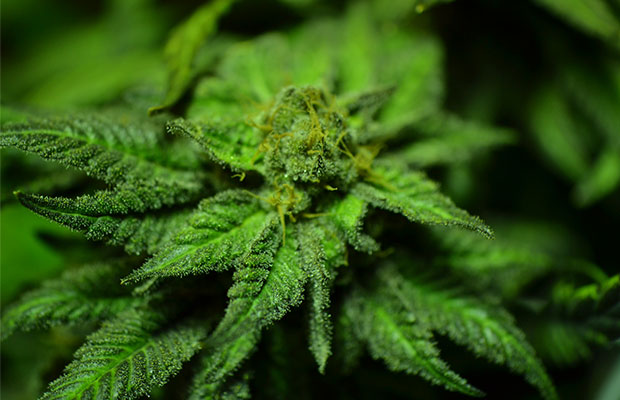
Joint Opinions
Medical Marijuana Advances in Colombia
Earlier this month, Colombia’s President Juan Manuel Santos announced a decree that created a regulatory legal licensing framework for the cultivation, processing, research and development and exportation of cannabis for scientific and medical purposes.
On Friday, Nov. 13, Reuters commented on the decree, writing it would legalize medical marijuana “in a further shift in drug policy after suspending aerial fumigation of illicit crops.” Reuters added that, “President Juan Manuel Santos told BBC Mundo the decree would be signed in the coming days.”
Of course, when it comes to rewriting laws, nothing is done all at once. In an article summarizing the news, Marijuana Business Daily pointed out that Santos clarified “the nation is only legalizing marijuana for medical and scientific purposes, and that observers should not construe the decree as a move towards repealing prohibition entirely.” However, it continued, “Santos has long been on record as supporting MMJ legalization.”
As far back as 2011, Santos suggested that Colombia ought to move toward legalization. At the time, Colombia Reports wrote, “Colombia’s President Juan Manuel Santos said that legalization of soft drugs, such as marijuana, would allow the War on Drugs to move forward by shifting focus to harder drugs and helping to stop international violence and drug trafficking.”
The article quoted Santos as saying, “The world needs to discuss new approaches… we are basically still thinking within the same framework as we have done for the last 40 years.” Colombia’s move may have shocked the world, but based on Santos’s comments the change in policy was a fundamental one that he came into power intending to pursue.
The formulation of the decree was mentioned at the end of October by Health Minister Alejandro Gaviria, who stated the decree “is about creating the possibility for a form of agro-business, that sells legal marijuana products… many of which already have health registry.”
This decree does not “legalize” cannabis, though Colombia’s leadership has been calling for the legalization of drugs of all sorts for many years as a means of ending the funding to illicit crime organizations.
Anthony Wile, chief investment strategist of High Alert Investment Management Ltd. and publisher of the libertarian-oriented website TheDailyBell.com, commented, “As production and distribution of cannabis continues to widen, Colombia will be seen as one of the most significant participants in this new industry due to its climate and geographical placement.”
Wile, who has investments in Colombia, wrote about the decree last week in an editorial published at TheDailyBell.com. “I applaud this move by President Juan Manuel Santos and his ministers of agriculture, health and justice. Colombia’s equatorial location and environmentally friendly growing conditions make it the obvious country to profit from such a rapidly widening global cannabis industry.”
Colombia is the world’s second-largest exporter of cut flowers, after the Netherlands, exporting more than $1 billion in blooms to 90 countries worldwide, and especially to the United States, where it controls nearly 75 percent of the market.
Earlier this year, The Economist commented on Colombia’s flower industry: “Colombia is famous for coffee, less so for flowers. But the $1.3 billion a year it earns from sales of cut flowers is not far behind the $1.9 billion that comes from coffee… Growers are expecting [Valentine] bouquets to sell briskly in the United States, which buys three quarters of Colombia’s flowers.”
Given Colombia’s equatorial location, it enjoys a steady daily 12 hours of daylight and 12 hours of darkness throughout the year, a necessary light cycle to initiate and maintain flowering cycles of cannabis and other flowers. In addition, Colombia’s many microclimates offer a variety of cultivation environments, yet within each the temperature variance is minimal and rainfall and humidity remain relatively stable, creating an ideal growing environment for both flowers and cannabis. Taken together, these conditions allow for flexible cultivation and harvesting schedules year round, with minimal need for lighting, heating or cooling.
Anthony Wile and other savvy industry observers are well aware that as equatorial countries become more involved in cannabis cultivation, the industry’s emphasis will begin to shift away from northern production.
“A few years ago, producers began growing in Canada and the United States because that was where the laws allowed you to cultivate cannabis,” Wile pointed out. “But today, in hindsight, we can see that this was an accident of regulation and legal approval. If the industry had evolved normally, people would have started in the most logical equatorial locales where the growing season is year round and the economic costs of production are far lower as a result.”
What do you think? Is Colombia an ideal place to grow medical marijuana? Tell us in the comments below.



